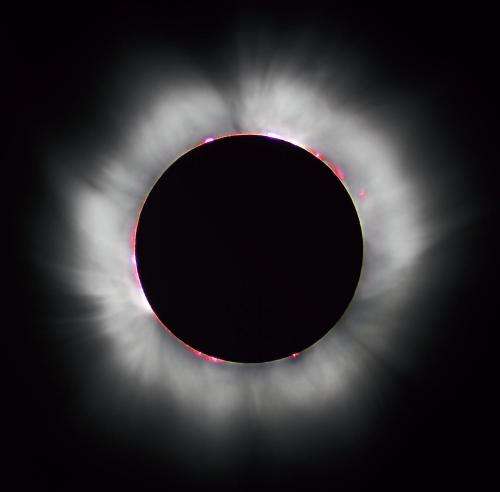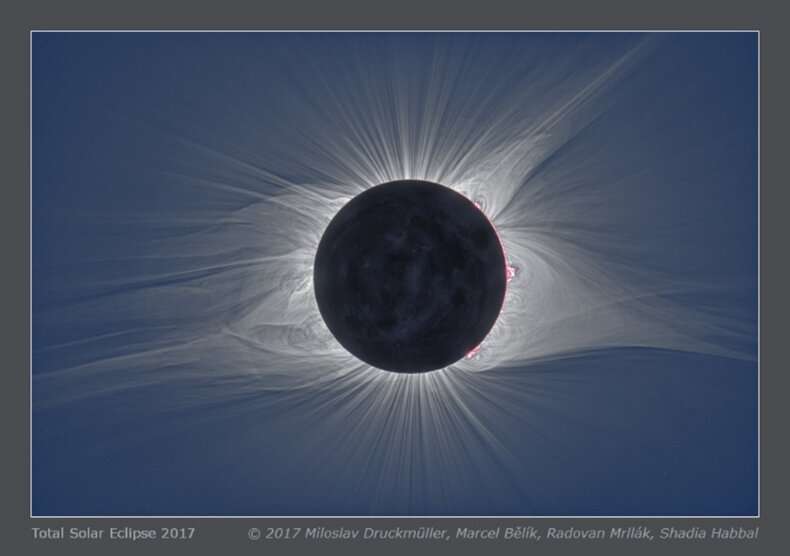This article has been reviewed according to Science X's editorial process and policies. Editors have highlighted the following attributes while ensuring the content's credibility:
fact-checked
trusted source
proofread
Do your homework to prep for the 2023 and 2024 eclipses

This year and next, Americans will have the extraordinary opportunity to witness two solar eclipses as both will be visible throughout the continental U.S. On Oct. 14, 2023, the moon will obscure all but a small annulus of the sun, producing a "ring of fire" eclipse. On April 8, 2024, the eclipse will be total in a band stretching from Texas to Maine.
Both occurrences promise to be remarkable events and teachable moments. But preparation is essential.
In The Physics Teacher, astronomer Douglas Duncan of the University of Colorado provides a practical playbook to help teachers, students, and the general public prepare for the eclipse events. He also shares ways to fundraise for schools and organizations and guidance for safe eclipse-viewing. The Fiske Planetarium, which Duncan used to direct, is also producing short videos about the upcoming eclipses.
"According to NASA surveys, over 100 million Americans watched the 2017 eclipse in person or via media," said Duncan. "That was when a total eclipse crossed the U.S., with totality viewable in Wyoming, where Motel 6 rooms in the state were going for $800 a night if you didn't book far in advance. A total eclipse is worth traveling to. It is incredible, and people remember it their whole life."
A self-described eclipse-chaser who has himself witnessed 12 eclipses beginning in 1970, Duncan emphasizes the importance of eye protection. He cites two companies that produce inexpensive glasses for viewing the sun and advises event organizers to order them well in advance: Solar Eclipse Glasses and Rainbow Symphony.

Additionally, after observing spectators at previous eclipses using their phones to snap pictures, Duncan developed Solar Snap, a filter and app to enable safe and effective smart phone photography for such events.
With small groups, Duncan suggests using binoculars to project an image of the sun so that viewers can safely observe the spectacle transposed onto a sheet of paper.
Duncan's paper is, above all, a rallying cry.
"Organizing, spreading the word, and planning ahead will be key to making the most of these events," said Duncan. "If you're a student, talk to your teachers or principal. If you're organizing a large viewing event, think about the various logistics. Much of the onus is on us—teachers, students, communities."
More information: Douglas Duncan, Prepare for the 2023 and 2024 Solar Eclipses! School and Community Events and Fundraising, The Physics Teacher (2023). DOI: 10.1119/5.0131185
Provided by American Institute of Physics





















